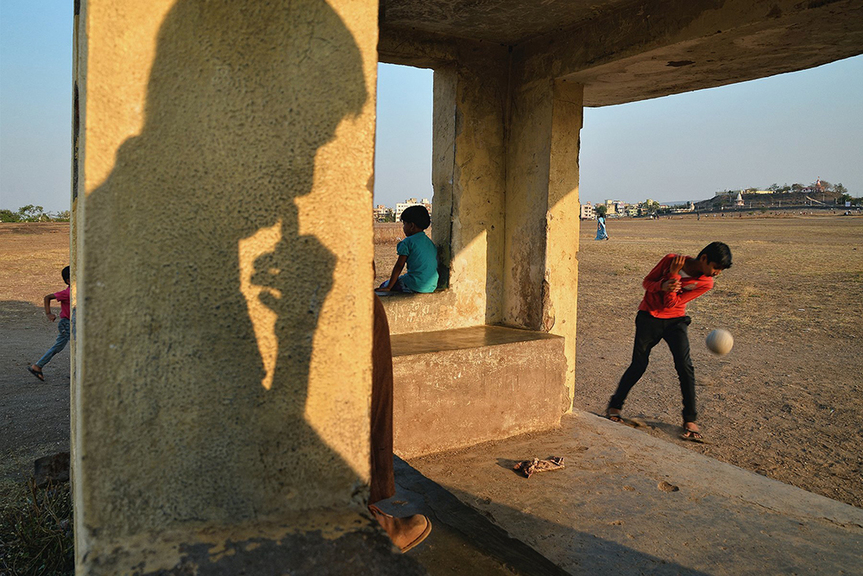
R
E
V N
E
X
T
As the only festival of its kind in the United States, the Miami Street Photography Festival (MSPF) has come a long way since its inaugural inception four years ago. Born out of the Miami Street Photography Club—a non-profit organization with a vision to elevate Miami as a center for photography—the first annual MSPF opened in the Wynwood art district during Miami Art Week in 2012 and featured Magnum photographer Alex Webb, poet Rebecca Norris Webb, National Geographic’s Maggie Steber, and Pulitzer Prize-winning photographer Rick McCawley.
Today, the MSPF shows significant and rapid growth, with more than 55 countries represented in the 2015 edition. With the additional support of Susan Meiselas and other master photographers, alongside a large social media following and the continued support of global partnerships, MSPF has now found a new home at HistoryMiami’s newly established Center for Photography, a Smithsonian affiliate.
In many cases, a street photographer refers to someone who conducts his photographic business taking tourist photos in front of famous landmarks such as the Niagara Falls, or the Eiffel Tower, charging customers a fee for the photographic print. However, the kinds of images shown at MSPF, for the most part, are works from photographers who have tried to take their images without being noticed by the unassuming subjects. Snapshots of ordinary people going about their business, unaware of the photographer’s presence is really at the core of what street photography is. But it would be misleading to state that pictures without people are excluded from this genre altogether. The work of the great French photographer Eugene Atget, for instance, features no people at all, yet through implication and inference, he suggests presence in the midst of absence, while attempting to reveal the life of the street as it is inhered in the location itself.
The streets are one of the richest sources for those who are interested in the study of humanity. It commands a trained eye and endless amount of patience and a good deal of instincts for any photographer in his readiness to respond to errant details, chance juxtapositions, odd non sequiturs, peculiarities of scale, and the quirkiness of life on the street. The combination of the camera and the street yields a type of image that is idiosyncratic to photography in a way that formal portraits, pictorial landscapes, and other kinds of genre scenes are not. At times, street photographs have an imaginative life all of their own, one that sometimes seems quite independent of whatever intentions the photographer may have had, in fact, the ephemeral quality of the instantaneous moment and the evanescence of the image might be thought of as reflecting the anonymity of the photographer himself. Like the subject of the picture, the photographer who captured the moment frequently proves to be a rather elusive, transient figure.
Among the thousands of entries that were submitted to the annual MSPF contest, the top three 2015 finalists are: 1st place Swapnil Jedhe (India); 2nd place George Marazakis (Greece); 3rd place Lauren Welles (USA), and by people’s choice Marcin Ryczek (Poland), were chosen by a panel made up of Magnum photographers David Alan Harvey and Bruce Davidson; teacher and photographer Harvey Stein; National Geographic’s Maggie Steber; and photojournalist Peter Turnley. While the remaining finalists were selected by a panel of judges: Umberto Verdoliva, Mary Cimetta, Stefano Mirabella from SPontanea Collective (a collective of Italian photographers dedicated to street photography); and Germany’s Fabian Schreyer and India’s Vineet Vohra from The Street Collective (an international group of street photographers). It is an impressive roster of some of the finest photographers and a testament to the visions of its founder, Juan Jose Reyes, who not only recognized the importance of this genre in photography but also the commitment and courage required to successfully bring it into fruition.
Billy Kung is photo editor at ArtAsiaPacific.



